Butoh Incidents
This timeline explores the birth, growth and continuation of Butoh, focussing on a variety Butoh-instigated events. Over time, Butoh’s influence has extended across races and borders with a strength different to that of other dance forms. This list of Butoh incidents is an opportunity to bring us closer to knowing what Butoh is.
● Butoh group launch
● Festival launch
Trailblazing
Avant-Garde Dance
Hijikata Tatsumi’s Kinjiki is widely considered to be the first Butoh performance. A short, 10 minute duet between Hijikata and Ohno Yoshito, its theme of homosexuality, use of a live chicken, and stiff, rigor mortis like bodies had never before been seen in modern dance, and it caused a huge scandal. This was the first Butoh incident.
Igniting the Butoh flame
Hijikata Tatsumi presents Kinjiki (Forbidden Colours) at the All Japan Arts Dance Association
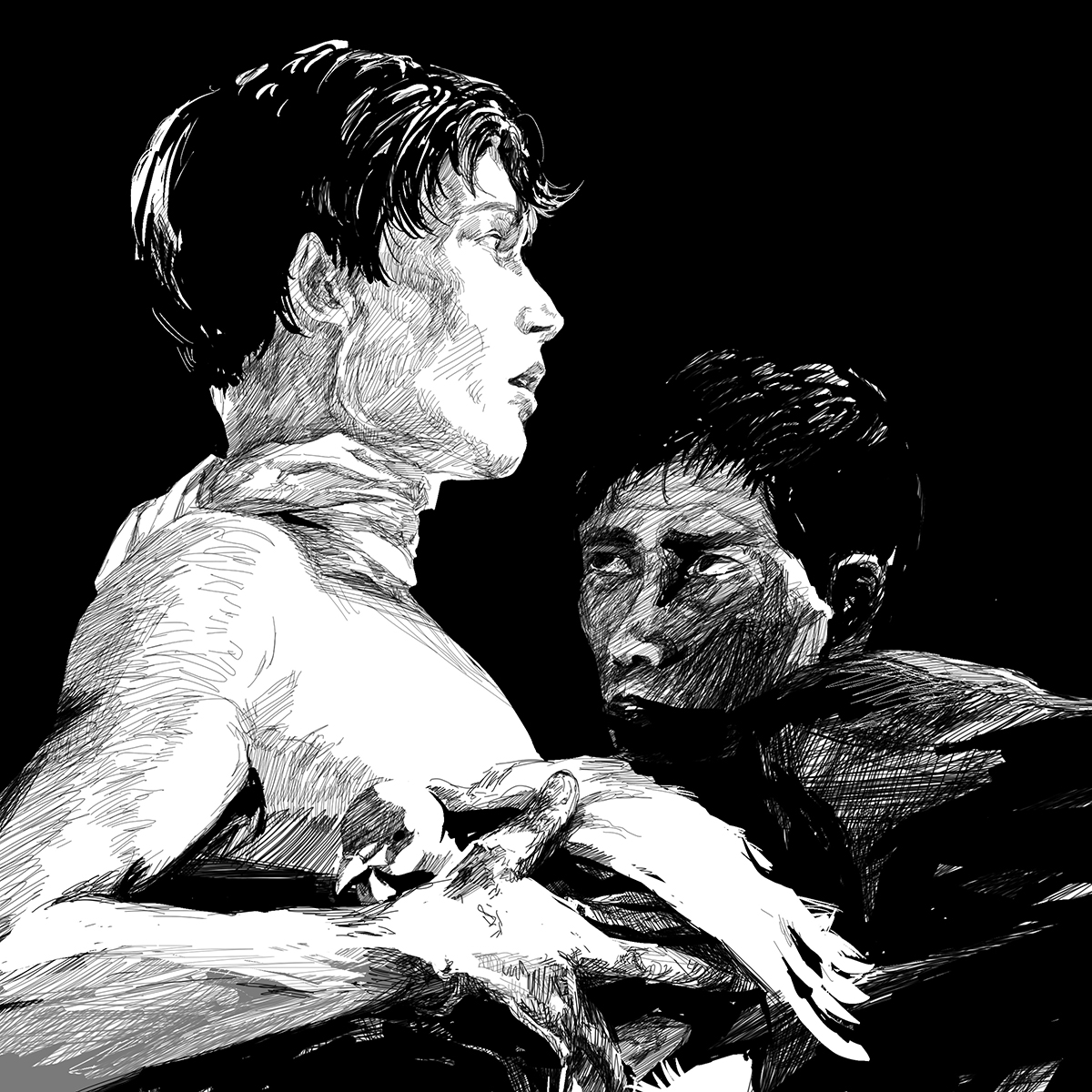
650 EXPERIENCE
Throughout the 1960s, Hijikata Tatsumi holds a number of recitals at the Daiichi Seimei Hall. “650” refers to the number of seats in the hall.
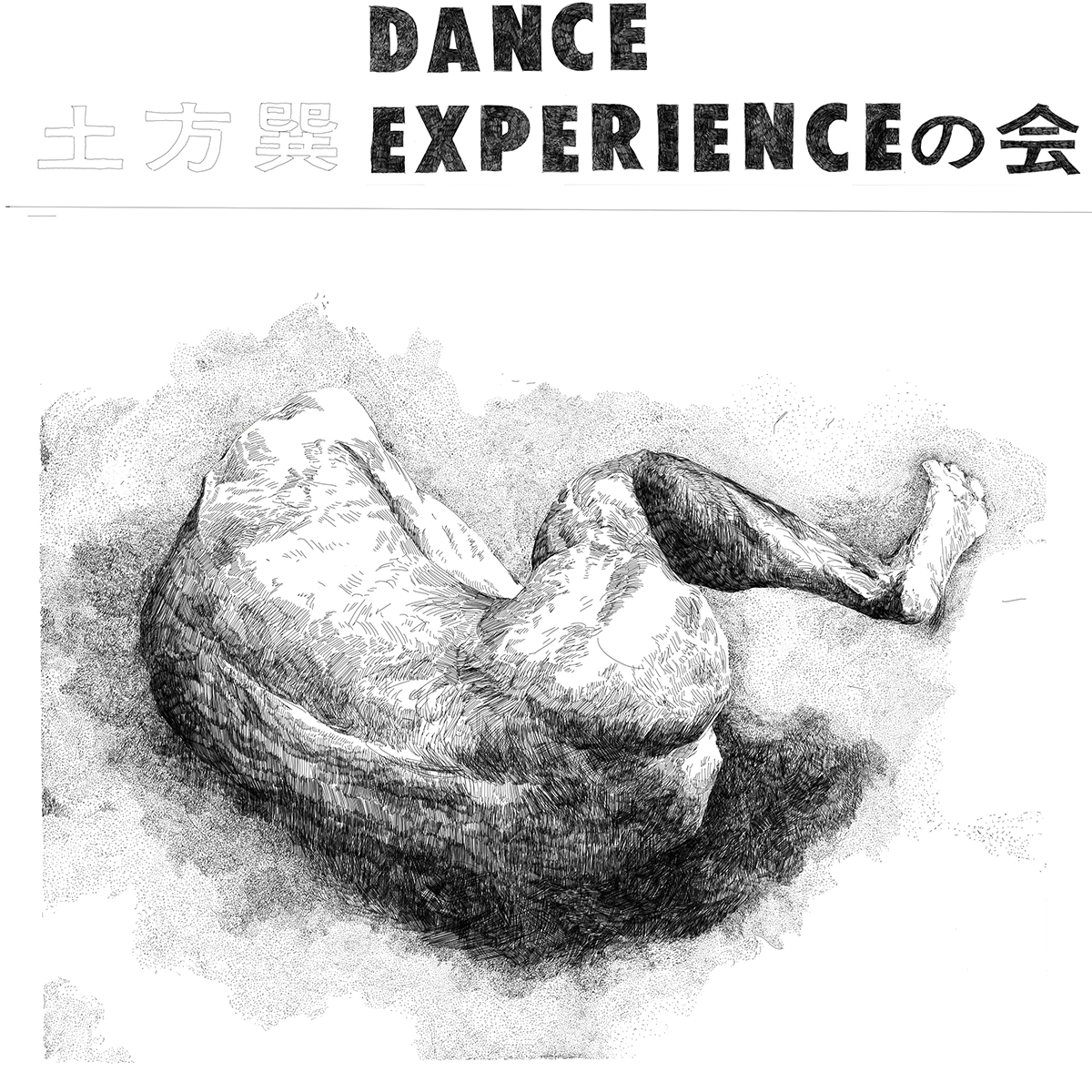
Bodies in Crisis
Numerous artists begin to gather around Hijikata Tatsumi, creating a hotbed of culture. Collaborative performances take place between Butoh dancers and novelists, poets, artists and musicians, with Hijikata always at the centre. It is the height of post-war economic growth, and Butoh dancers make their living as cabaret show dancers, throwing themselves into their art. Absorbing a huge amount of energy, the new art form Butoh quickly starts to develop.
Collaboration with key cultural figures
Collaborators include Mishima Yukio, Shibusawa Tatsuhiko, Nakanishi Natsuyuki and Kawara On
Butoh dancers make a living as cabaret dancers

Navel and A-Bomb
Hosoe Eikoh directs a film featuring Hijikata Tatsumi and Ohno Yoshito
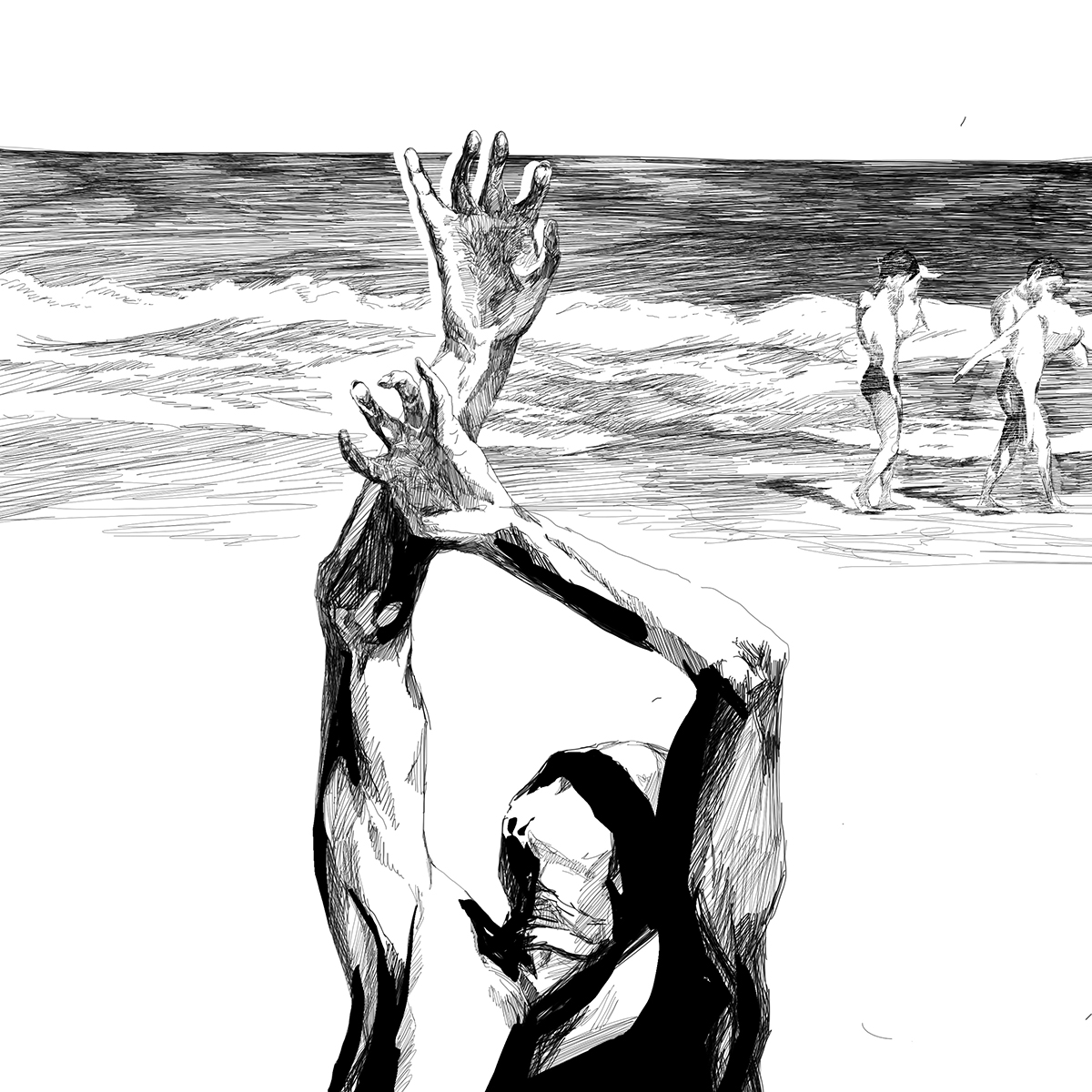
William Klein
William Klein’s photobook TOKYO is published, and includes photographs of Hijikata Tatsumi, Ohno Kazuo and Ohno Yoshito’s street performance
High Attainment
A culmination of his work throughout the 60s, Hijikata Tatsumi’s solo Hijikata Tatsumi and Japanese People: Rebellion of the Body, attracts the largest number of people to date, making Butoh far more well known. Around the same time, Hijikata returns to his hometown in Akita, where the photographs for Kamaitachi are taken. Hijikata’s practice reaches new heights onstage, and also becomes more deeply rooted in Japanese identity.
Kamaitachi
Photographs for Hosoe Eikoh’s photobook are taken in Akita
A Rebellion of the Body
Hijikata Tatsumi presents his masterpiece Hijikata Tatsumi and Japanese People: Rebellion of the Body

Trilogy of Mr. O
Ohno Kazuo and Nagano Chiaki create a pioneering experimental film series: The Portrait of Mr. O (1969), Mandala of Mr. O (1971) and Mr. O’s Book of the Dead (1973)

Ishii Teruo’s
Horrors of Malformed Men
Hijikata Tatsumi appears in Ishii Teruo’s horror film Horrors of Malformed Men
Osaka Expo × Astrorama × Hijikata Tatsumi
Hijikata Tatsumi appears in the film The Birth, which is shown in the world’s largest fulldome at the Japan World Exposition in Osaka
The Age of Shows
Butoh troupes begin to multiply quickly and venture out abroad. Shows are produced up in quick succession and individual styles start to develop. Using the money earned in cabarets, Butoh troupes live and work together on their art. Some also expand into more rural areas. Butoh’s energy begins to radiate in all directions.
Ishii Mitsutaka travels to Europe
He becomes the first person to perform Butoh in Europe
Hosotan (Story of Smallpox)
Hijikata Tatsumi performs Hosotan as part of a month-long series of performances Twenty-Seven Nights for the Four Seasons

Akaji Maro launches Dairakudakan
Asbestos-kan
Performances run at Asbestos-kan until 1976
Carlotta Ikeda launches Ariadone

Amagatsu Ushio launches Sankai Juku
Bishop Yamada launches Hoppo Butoh-ha
Kobayashi Saga and Tachibana Ryuichi
launch Suisei Club (Comet Club)
Furukawa Anzu and Tamura Tetsuro
launch Dance Love Machine
Yamamoto Moe launches Kanazawa Butoh Kan
Murobushi Ko launches Butoh-Ha Sebi
Butoh Words
Hijikata Tatsumi’s literary work Yameru Maihime is serialised in the magazine Shingeki
Yuki Yuko launches Suzuranto
An Enduring Oeuvre
Directed by Hijikata Tatsumi, Ohno Kazuo performs his solo Admiring La Argentina. It is a piece with a personal narrative in honour of La Argentina, a Spanish dancer whom Ohno saw perform at the Imperial Theatre in 1929. Ohno is 71 years old, and everyone in the audience expects this to be his final stage appearance. But Ohno Kazuo continues to perform Butoh for many more years all over the world, until he nears the age of 100.
The astonishing 71 year old
Ohno Kazuo performs Admiring La Argentina

Going Overseas
Butoh continues to draw international interest, and Butoh artists make some daring attempts in their performances abroad. For audiences used to seeing Kabuki and Noh, Butoh is a fresh surprise. Butoh artists discover different opinions, as well as funding that they were not able to get in Japan. It could be said that Butoh was “raised” in Europe.
Musée des Arts Décoratifs, Paris
Ashikawa Yoko and Tanaka Min perform their Butoh piece Ma, espace-temps [Ma, space, time], organised by Isozaki Arata
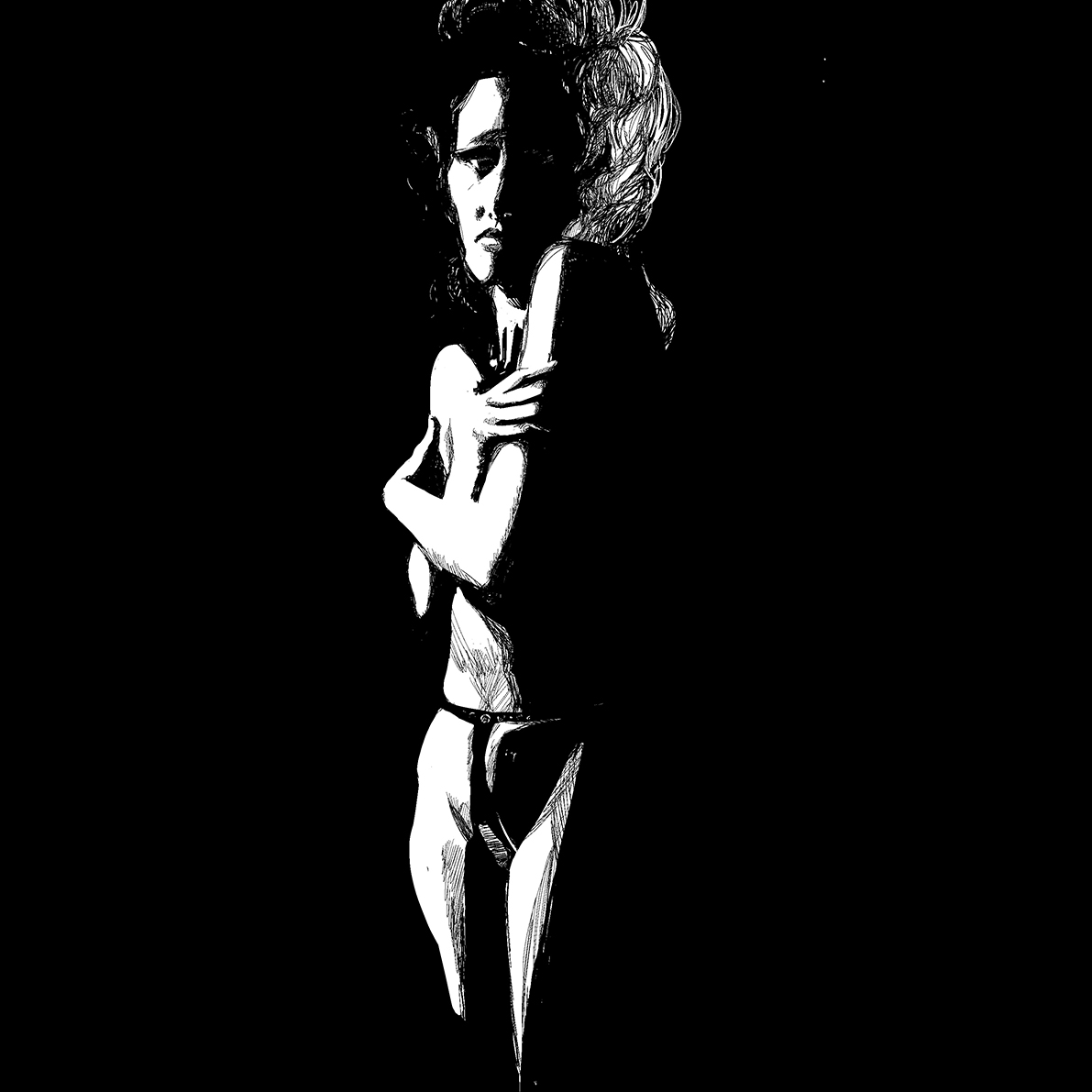
Success in Europe
Murobushi Ko, Carlotta Ikeda and Mizelle Hanaoka (Yoshioka Yumiko) perform LE DERNIER EDEN―Porte de l’au-dela in Paris, and it is a huge success
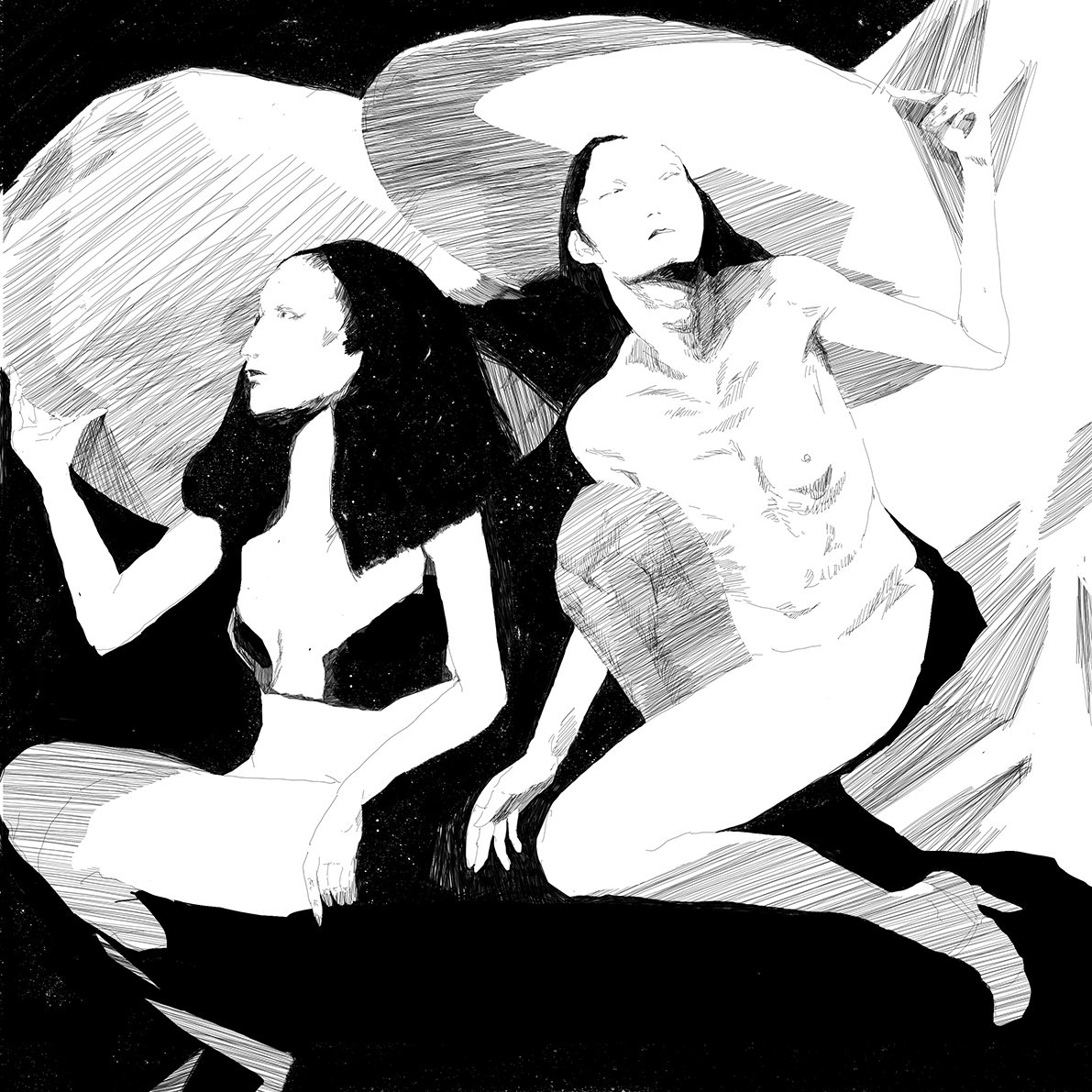
Waguri Yukio launches Kozensha
Defining Incidents
Butoh receives high acclaim when it is presented as part of the Japan program at the exemplary World Theatre Festival in Nancy, France. It becomes absorbed into the Western cultural network, and is featured in major theatres around the world. Originally born out of an underground movement, Butoh is now part of the larger art scene.
Osuga Isamu launches Byakkosha
World Theatre Festival, Nancy
Ohno Kazuo, Kasai Akira, Sankai Juku and Tanaka Min are invited to perform as part of the Japan program. Ohno Kazuo’s international debut at 73 years old shocks the world.
Suzuki Seijun Zigeunerweisen
Maro Akaji stars in Zigeunerweisen, a film directed by Suzuki Seijun

Butoh, to Asia
Amagatsu Ushio takes Sanaki Juku to Europe, while Osuga Isamu leads Byakkosha to Asia. These events create a global sensation, and Butoh begins to attract not only Western, but also Asian audiences.
Toshiba Commercial × Sankai Juku
Sankai Juku appear in a Toshiba TV commercial

Olympics × Sankai Juku
Sankai Juku perform Jomon Sho at the Los Angeles Olympic Arts Festival
The successful return of performances shown abroad are celebrated in Butoh Festival ’85, in Ginza in central Tokyo.
The festival stars Dairakudakan, Dance Love Machine, Tanaka Min, Byakkosha and Ohno Kazuo
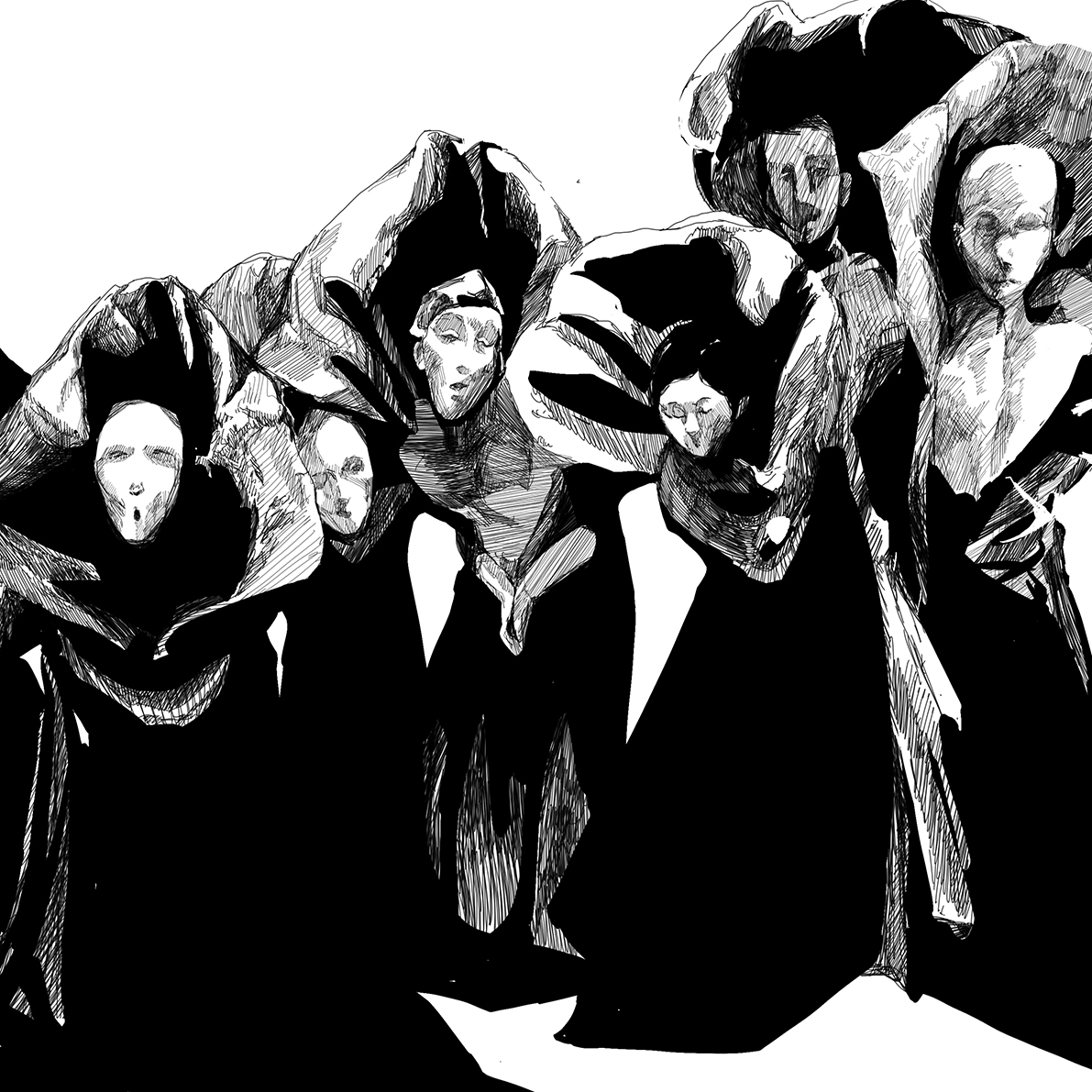
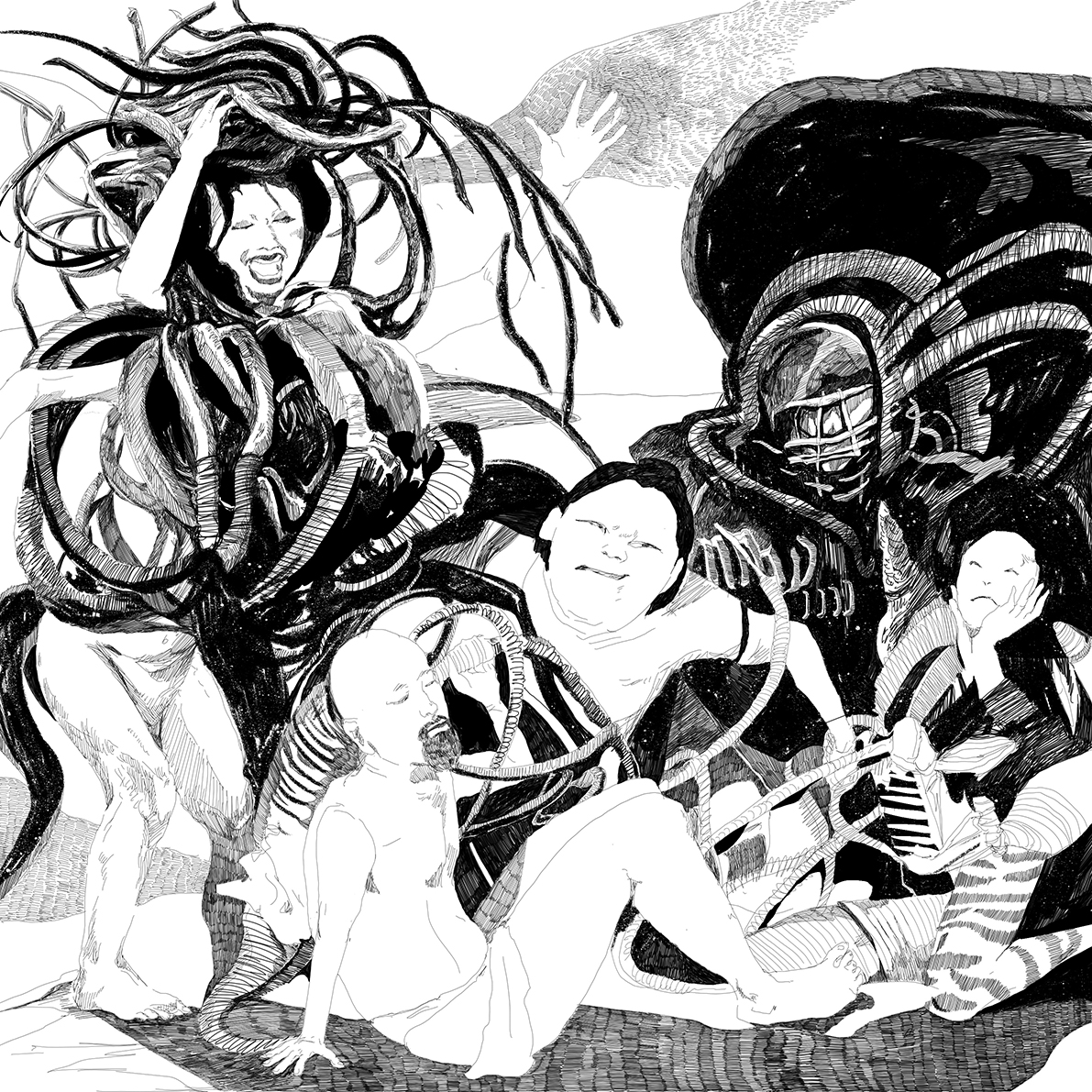
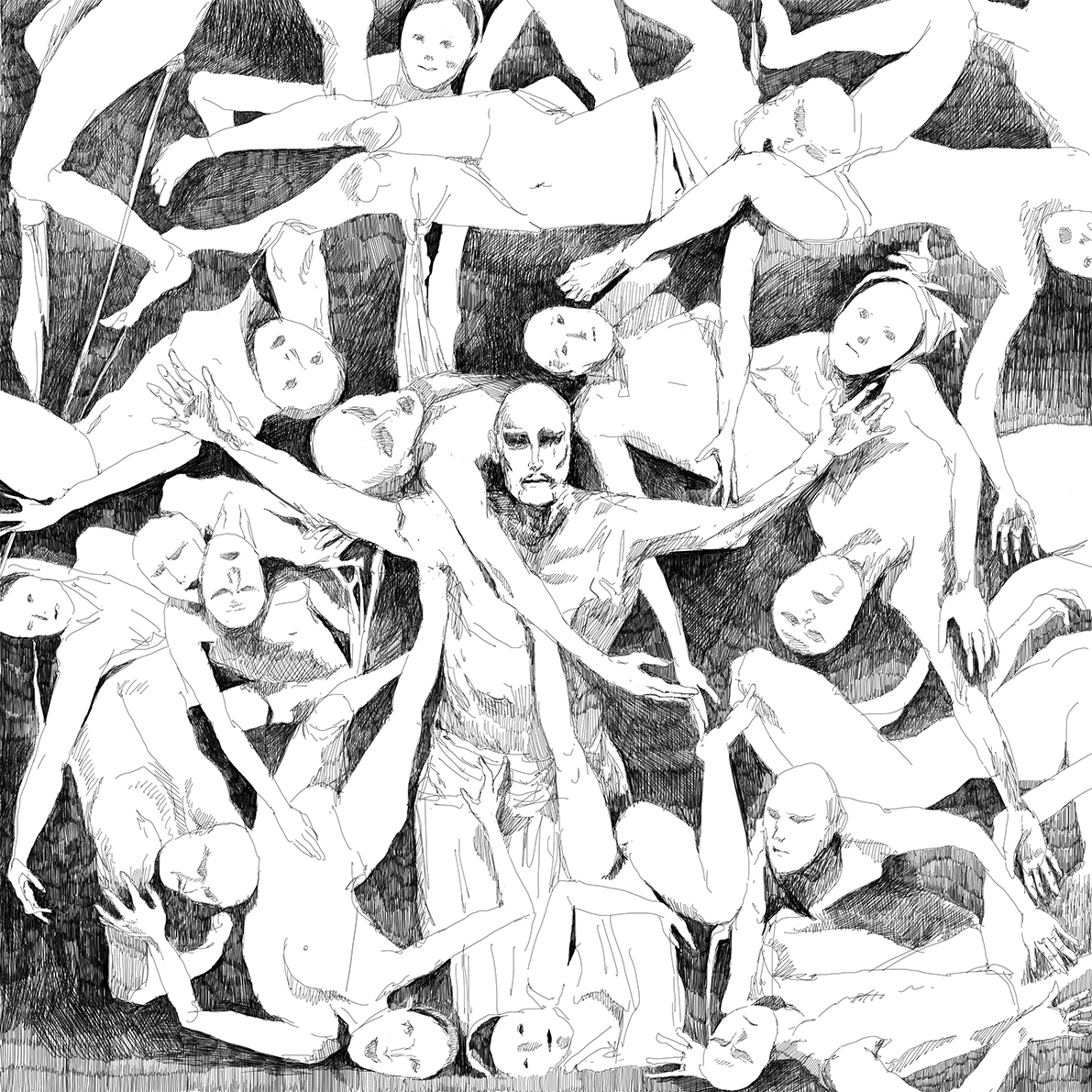
Tohoku Kabuki Keikaku
Hijikata Tatsumi’s final project, which focuses on nature in the Tohoku region
Yamaguchi Sayoko × Amagatsu Ushio
Amagatsu Ushio choreographs the photobook Moon and co-stars in it with Yamaguchi Sayoko
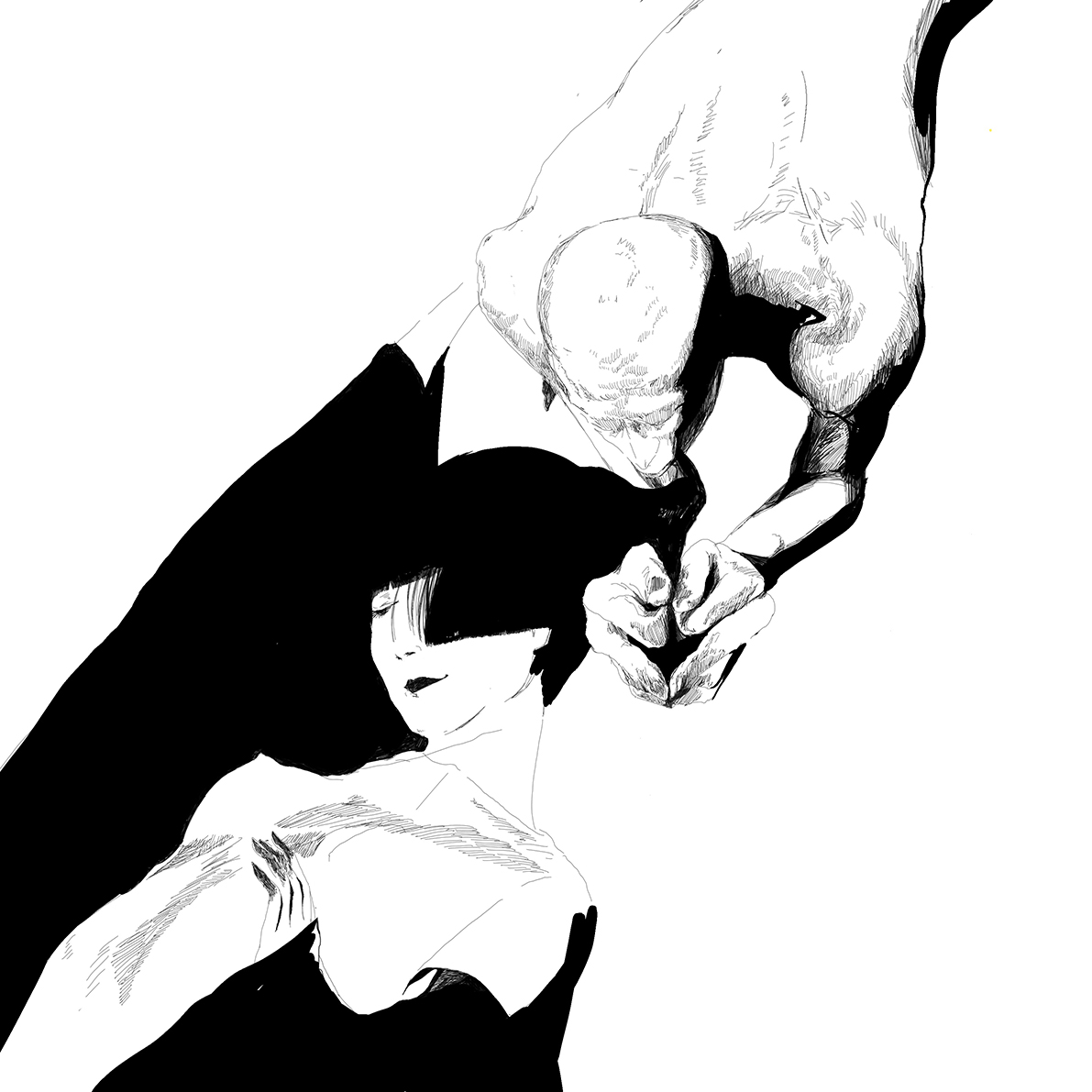
The First European Butoh Festival
Ohno Kazuo, Dance Love Machine and Ishii Mitsutaka are invited to perform at the Akademie der Künste in Berlin
Einstürzende Neubauten
Byakkosha appear in Halber Mensch, a documentary film by Ishii Sogo on the band Einstürzende Neubauten
Yameru Maihime at the opening of Ginza Saison Theatre
Ashikawa Yoko, Kasai Akira, Tanaka Min, Ishii Mitsutaka, Maro Akaji, and Ohno Kazuo appear in an homage to Hijikata Tatsumi

Invading the world of entertainment:
The success of Byakkosha

Tanaka Min—Hakushu Festival (Yamanashi)
Tanaka Min × Ozawa Seiji
Tanaka Min collaborates with Ozawa Seiji to choreograph an opera
Diaspora
As Butoh dancers live, perform, hold workshops abroad and become rooted in local communities, Butoh begins to influence disciplines outside the performing arts.
Numerous Butoh festivals start to pop up overseas
Tenshikan
Kasai Akira establishes Tenshikan, a eurythmy school

Butoh-Festival MAMU Butoh & Jazz in Göttingen (Göttingen)
The Beginning of Archives
A collection of Hijikata Tatsumi materials are donated to the Keio University Art Center and digitised. Ohno Kazuo re-performs his masterworks, which are recorded at high-quality. It is thanks to the work of these archives that full length recordings of Hijikata Tatsumi’s Hosotan and Ohno Kazuo’s Admiring La Argentina still exist today.
Ohno Kazuo Retrospective series
Ohno Kazuo’s masterpieces are filmed in high quality at the Teatro Fonte for the Ohno Kazuo Retrospective series
Daniel Schmid—The Written Face
Ohno Kazuo appears in Daniel Schmid’s documentary film about Bando Tamasaburo

eX...it! (Berlin)
Wreck Beach Butoh (Vancouver)
The San Francisco Butoh Festival (San Francisco)
Ohno Kazuo—Workshop Words
Work begins on the Ohno Kazuo archive database. The first outcome of this work is the book Workshop Words.
Hijikata Tatsumi Archive at the Keio University Art Center
Keio University Art Center acquires materials from Asbestos-kan, and establishes the Hijikata Tatsumi Archive
Butoh Kaden
Waguri Yukio creates Butoh Kaden, a CD-ROM compiling Hijikata Tatsumi’s Butoh-fu (notational Butoh)
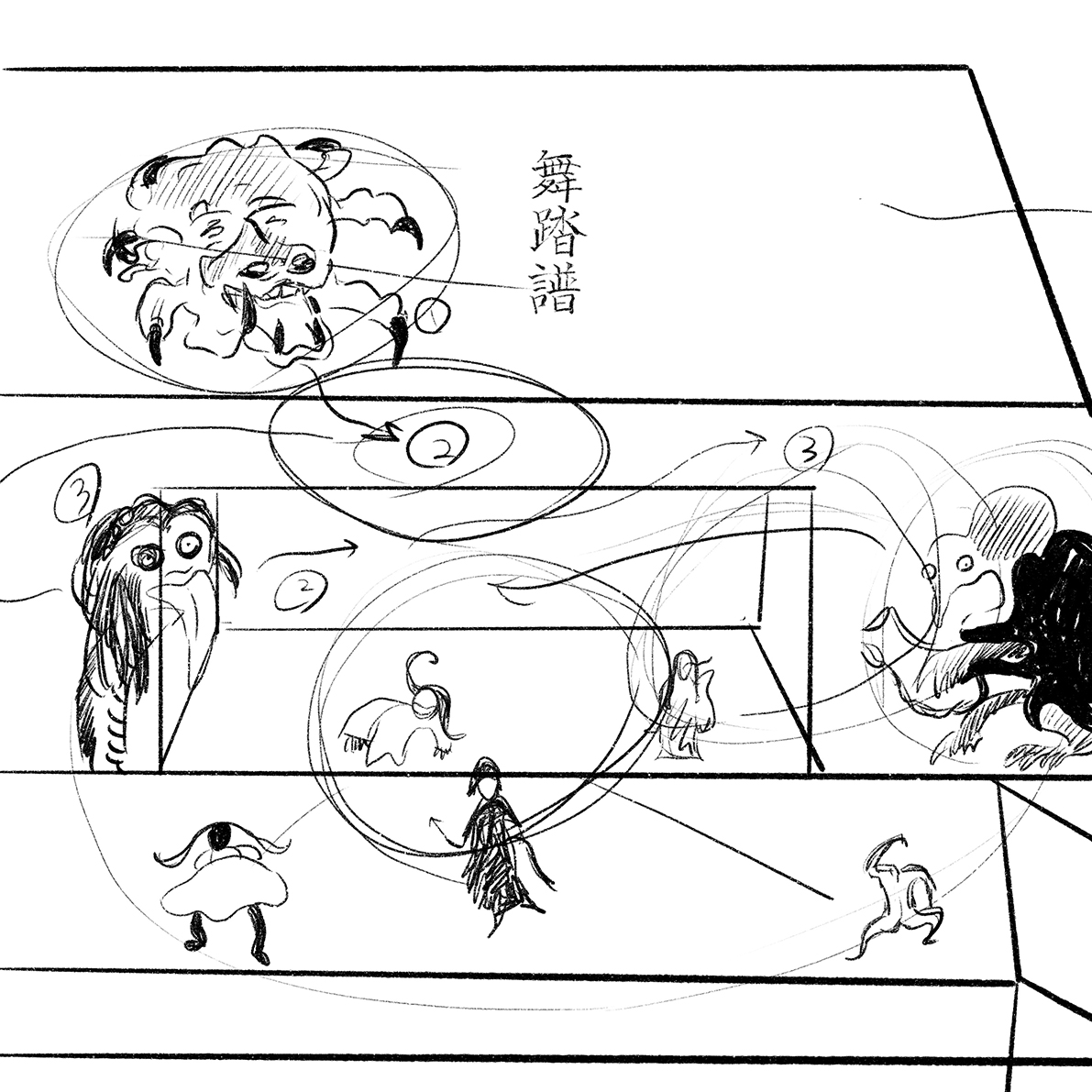

Asheville Butoh Festival (Asheville)
Butô Festival (Paris)
BUTOH BREEZE FESTIVAL (Stockholm)
Yamada Yoji’s The Twilight Samurai
Tanaka Min makes his film debut in The Twilight Samurai directed by Yamada Yoji

Goodbye Asbestos-kan, but Forever Asbestos-kan
A series of performances are held for the closing of Asbestos-kan, including Murobushi Ko’s 3 Improvisations for the Farewell of Asbestos Hall

Kazuo Ohno Archives at the University of Bologna
Kazuo Ohno Archives is established in the Department of Music and Theatre at the University of Bologna
New York Butoh Festival (New York)
Farukh Ruzimatov × Kasai Akira
Kasai Akira choreographs Ruzimatov’s Requiem
Kazuo Ohno Festival (Yokohama)
The International Butoh Festival Thailand (Bangkok)
Antony & the Johnsons
Antony & the Johnsons use photographs of Ohno Kazuo on the album covers of Another World (2008) and Crying Light (2009)

La Voce Del Corpo (Osnago)
New Development,
the Current Wave
Butoh inspires artists and creatives across genres, who create a variety of collaborative works. Artists who are not Butoh dancers create excellent pieces in which Butoh is the subject. Kawaguchi Takao’s About Kazuo Ohno is performed in over twenty countries worldwide. Meanwhile, Kasai Akira, Maro Akaji and other first generation Butoh dancers announce new ambitious works. Butoh continues to be a source of inspiration.
Bartabas × Murobushi Ko’s Le Centaure et l’Animal
Collaboration with French horse trainer and impresario Bartabas

Seattle Butoh Festival (Seattle)
Boulder Butoh Festival (Colerado)
Emmanuelle Huynh × Kasai Akira—Spiel
Collaboration between Kasai Akira and Emmanuelle Huynh, who previously invited Kasai as a lecturer to the National Center for Contemporary Dance in Angers, along with Murobushi Ko and Tanaka Min

GHOST 3, Butoh Soundart Festival (Dusseldorf)
Catherine Diverres—Ô Senseï
A solo dedicated to Ohno Kazuo by Catherine Diverres, who studied with him in the 1980s
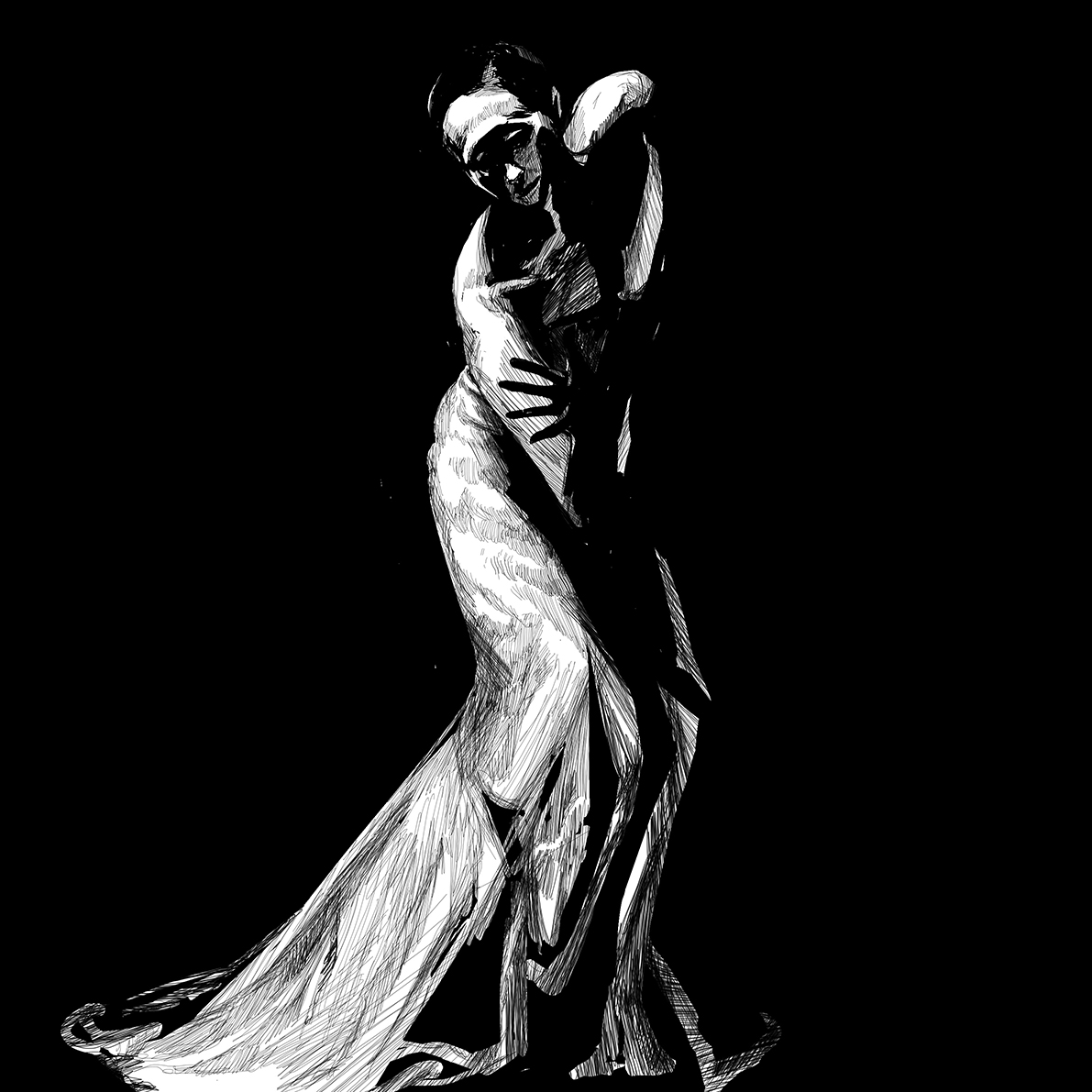
Tanabe Tomomi × Kawaguchi Takao—The Sick Dancer
A duo performance based on Hijikata Tatsumi’s Yameru Maihime
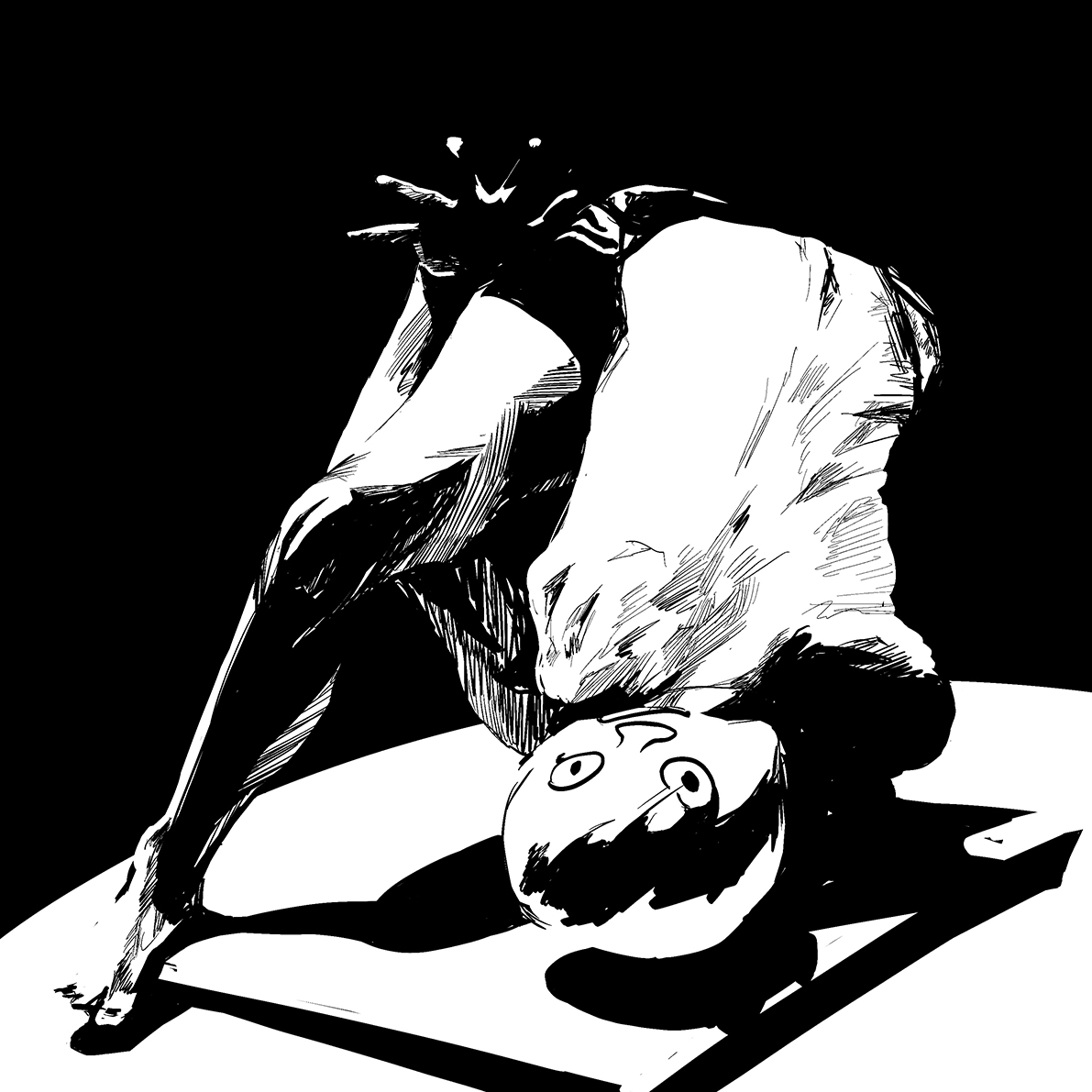
Moving Bodies Festival (Dublin)
Kasai Akira × Maro Akaji—Hayasasurahime
A historic collaboration between Tenshikan’s Kasai Akira and Dairakudakan’s Maro Akaji
Kawaguchi Takao—About Kazuo Ohno
A popular work that “totally copies” the movements of Ohno Kazuo, based on video archive footage
Jeju International Butoh Festival (Jeju)
Beijing Butoh Festival (Beijing)
Trajal Harrell—The Return of La Argentina
A bold reinterpretation of Ohno Kazuo’s Admiring La Argentina

Festival EN CHAIR et EN SON (Paris)
Butoh Ekiden (Tokyo)
Trajal Harrell—In the Mood for Frankie
A multimedia piece inspired by Hijikata Tatsumi and Comme des Garçons’ Kawakubo Rei
KYOTO BUTOH-KAN
A theatre entirely dedicated to Butoh is established in Kyoto, and starts holding long performance runs
VOGUE x Ohno Yoshito
Ohno Yoshito and Mukai Taro appear in the British VOGUE magazine, with photographs by Tim Walker

Kamaitachi Village Art Festival (Akita)
Baku Ishii/Tatsumi Hijikata Memorial, International Dance Festival “ODORU-AKITA” (Akita)
Cuerpos en Revuelta - International Butoh Festival in Latin America (Mexico City)
Hirai Ken × Kudo Taketeru
Kudo Taketeru collaborates with Hirai Ken on the music video for Non Fiction
Hokkaido Butoh Festival (Sapporo)
ButohOUT! Festival (Melbourne)
Butoh Encounters (Oslo)
Chiangmai International Butoh Dance Festival (Chiangmai)
Taiwan International Darkness Dance Festival (Taipei)
Marcelo Evelin—Dança Doente (“Sick Dance”)
A challenge on Hijikata Tatsumi’s ideas in Yameru Maihime on the “weak body”
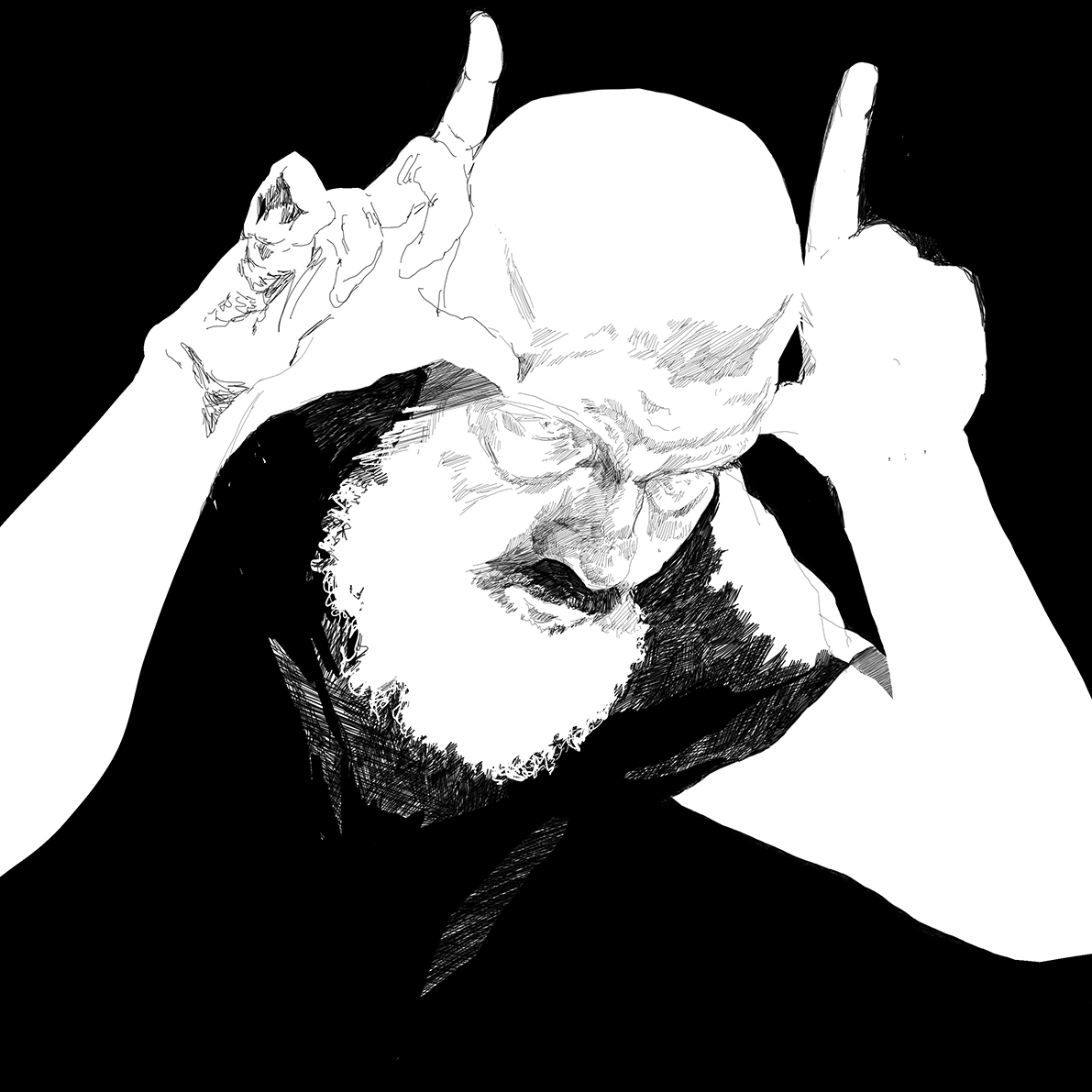
Choy Kai Fai—UnBearable Darkness
A unique work performed by Neji Pijin that attempts to get closer to the late Hijikata Tatsumi through the use of a 3D avatar and spiritual summoning
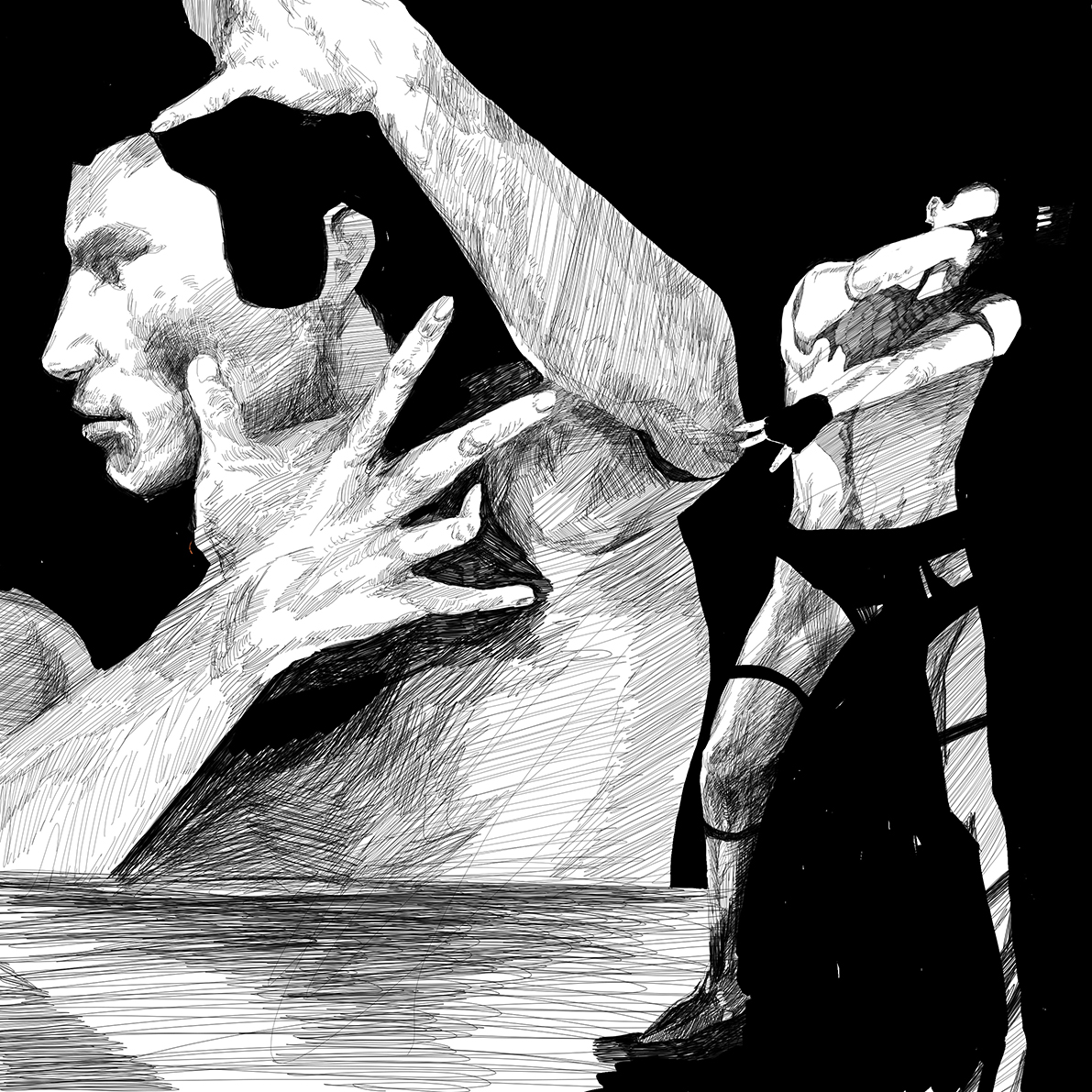
Ana Rita Teodoro—Your Teacher, Please
A lecture performance based on the experience of studying with Ohno Yoshito
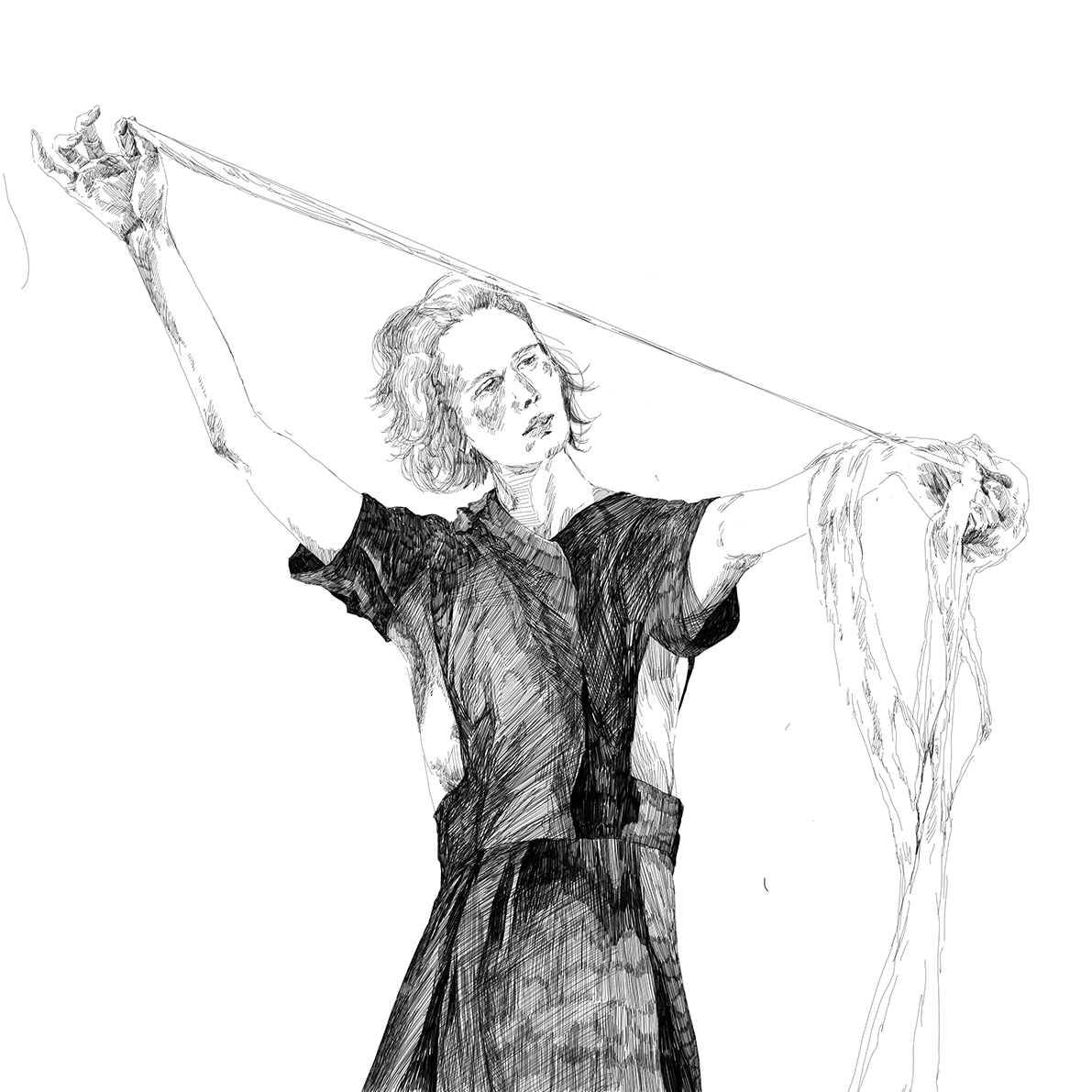
New York Butoh Institute Festival (New York)
Kyoto International Butoh Festival (Kyoto)
Sans État Solo Dance Collection (Tokyo)
Boston Butoh Festival (Boston)
Fulldome film—HIRUKO
A fulldome film directed by Iida Masashige and performed by Mogami Kazuko, HIRUKO wins the “Fulldome - Best Long Form” award at the Macon Film Festival
Kasai Akira—DUO no kai
Kawaguchi Takao and Kasai Mitsutake perform three duo dances that were once performed by Kasai Akira and Ohno Kazuo: Sacrificial Ceremony, At the Foot of the Hill and Yameru Maihime

François Chaignaud × Akaji Maro’s GOLD SHOWER
A great rivalling of the brilliant world of contemporary dance and the charismatic world of Butoh
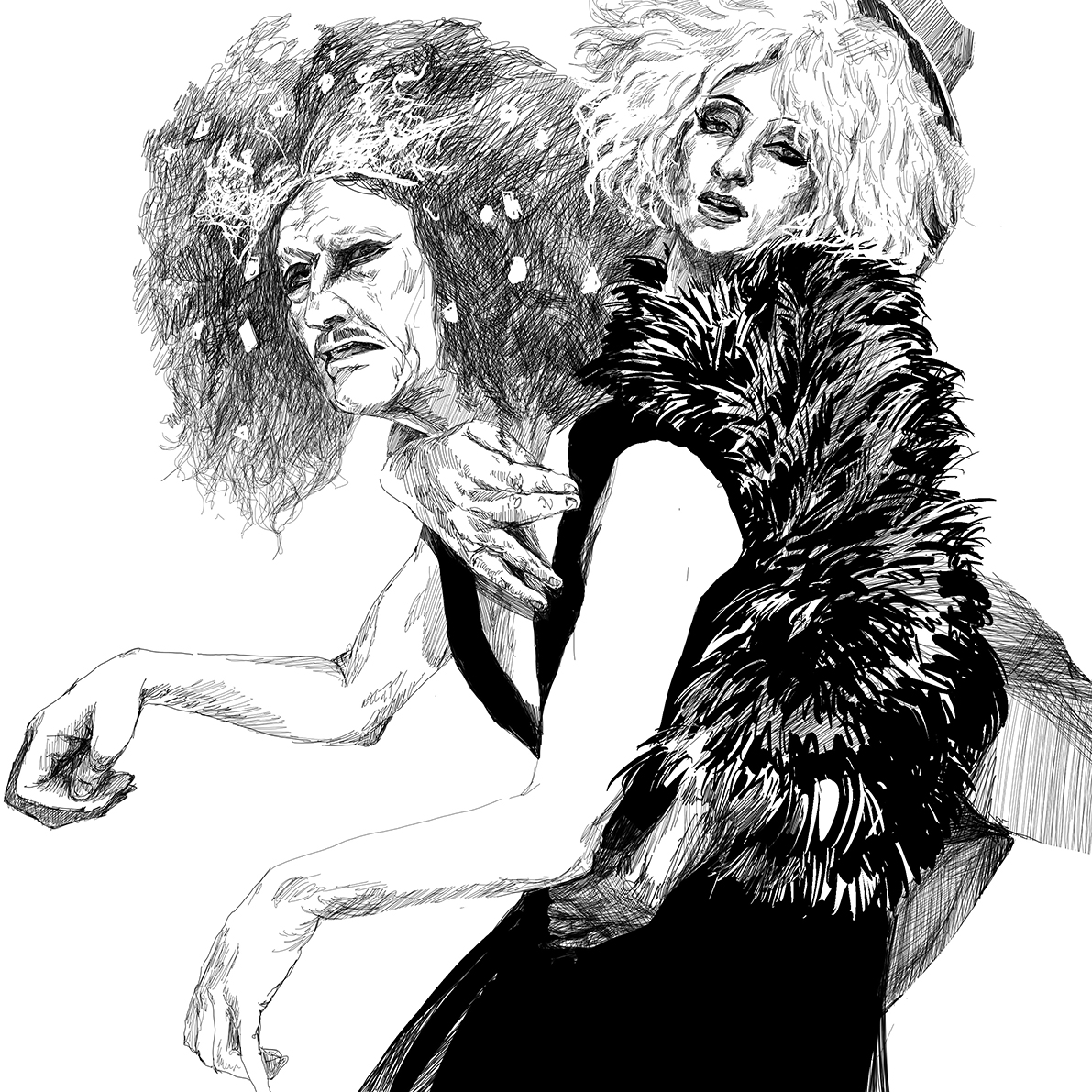
shi, odoru
A collaboration between a poet and three dancers with backgrounds in Butoh—Tamura Ikko, Suzuki Yukio and Asai Nobuyoshi—at the Kitakyushu Performing Arts Center
Beneath the Cherry Trees—Dancing Kasai Akira
Kasai Akira declares this piece “post-Butoh”
